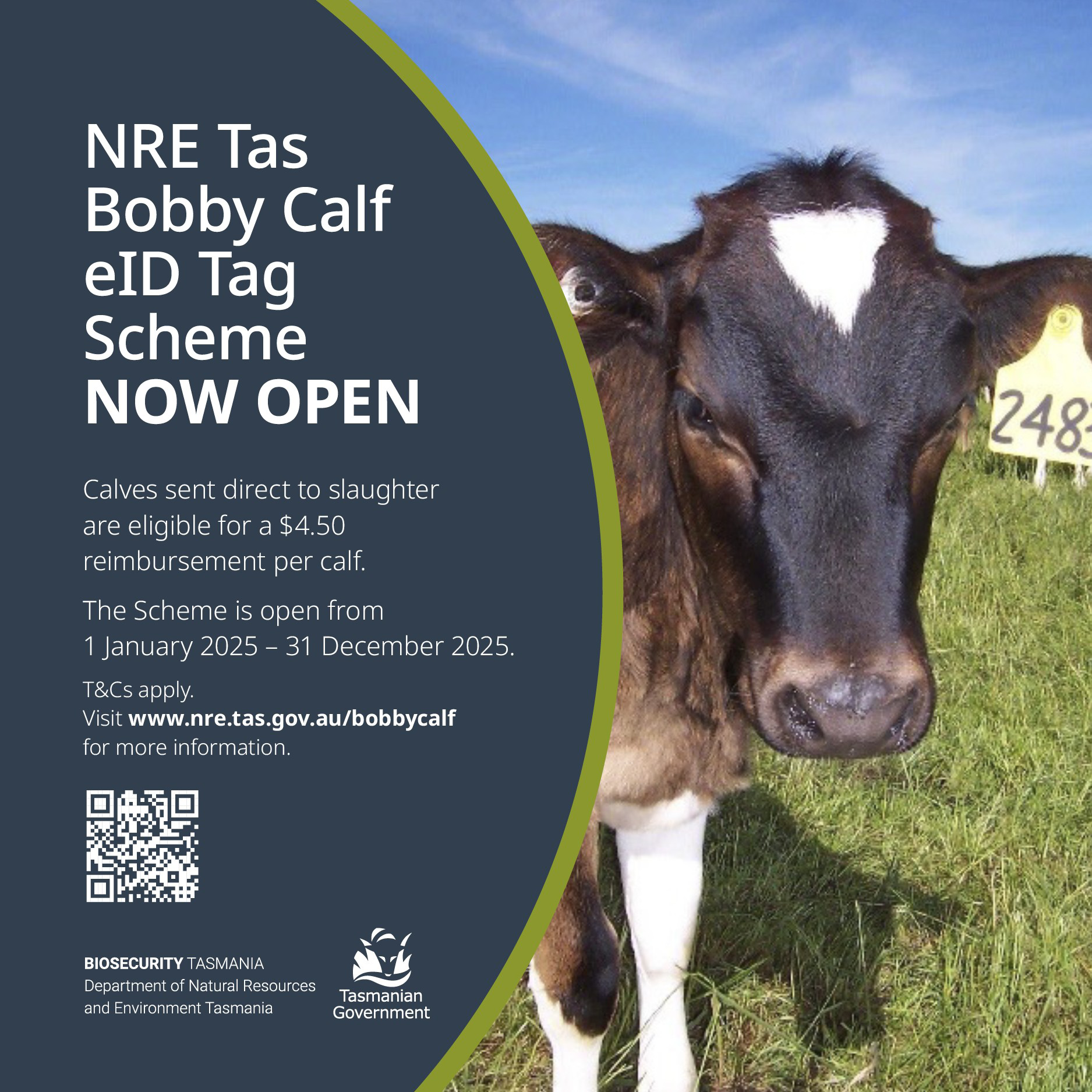Market Talk - Autumn rain late but welcomed

PROBABLY the best news of the week was the statewide rain over the last week with much of the state receiving 20-30mm with a few variances either side.
Although late, this rain will certainly help winter crops and new grass and has already changed the colour of the paddocks.
Drought stricken Western Victoria and South Australia got little with single digit numbers recorded.
Parts of Southern NSW and the Riverina also received some good falls but like us they are now receiving a pretty cold spell to follow.
Rains like these raise the hopes and confidence of producers even though it won’t stop a very tough winter.
This week has been better prices for all cattle, lambs and mutton throughout the Eastern States saleyards with records broken in a few yards for extra heavy lambs.
Although isolated, at least three saleyards recorded lambs topping $400/head but most importantly many averages were sitting around 1,000c/kg carcass weight and with a shortage of lambs expected for the next few months one could expect lamb prices to stay pretty high until the new seasons lambs get into full swing.
At Ballarat on Tuesday there 25,000 lambs penned (the biggest Victorian yard for the week) and extra heavy lambs (over 30 kg) made $320 to $400 to average 1,050c to 1,100c/kg while heavy pens (26-30 kg) made $285 to $335/head.
Heavy trade lambs (22-26 kg) made $214 to $293 (880c to 1,050c) and trade (18-22 kg) $170 to $228/head.
Some agents are saying that is the dearest lamb sale ever seen at this centre. Locally at Powranna we saw 2,213 lambs (906 more) with not much weight and a big percentage of store type lambs included.
The best heavy pens made $202 to $270, trade $170 to $250, light trade $130 to $174 and light $72 to $142/head.
Also at this yard there were 1,533 mutton and these gained a further $15 to $35 with extra heavy making $228 to $242, heavy $212 to $228, medium $140 to $222 and lighter $80 to $164/head.
It will be interesting to see how the processors/exporters react to these sort of prices and whether the increases can be passed on to our overseas clients.
I suppose they can cut their kill numbers but I know that many of the big works are frightened of losing staff if they cut a day or two off the kill week.
Most cattle prices also improved across all the interstate saleyards mainly led by cow prices that were 20c to 30c/ kg dearer.
At Wagga on Monday heavy cows made 290c to 338c while leaner types made 240c to 306c/ kg live.
Most trade cattle sold for 356c to 412c and feeder steers mostly made over 400c/kg.
If you are one of the lucky ones who have prime stock to sell, the horizon is very bright but unfortunately there are a big number of farmers in the South[1]ern states not in that position.




Add new comment